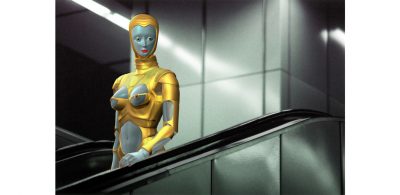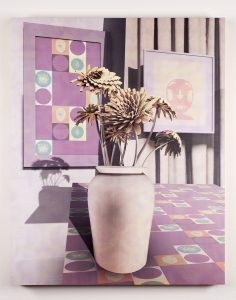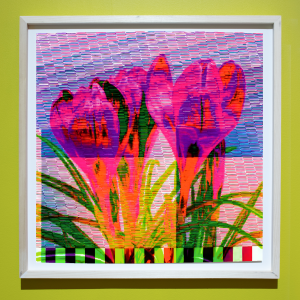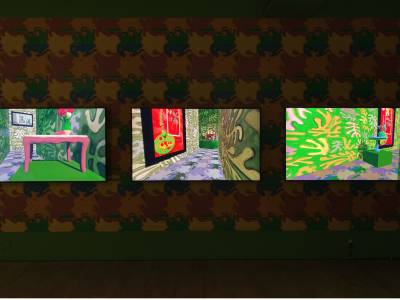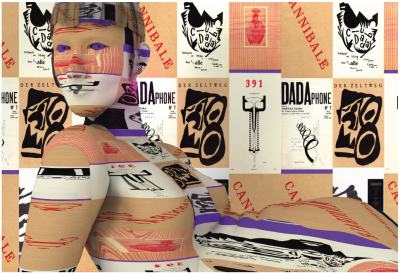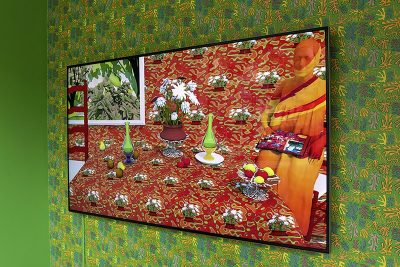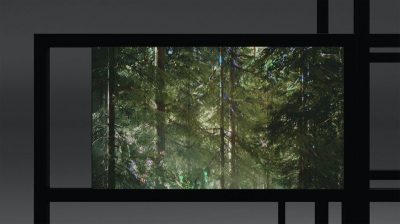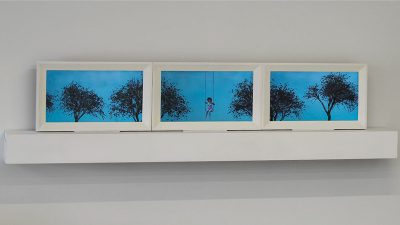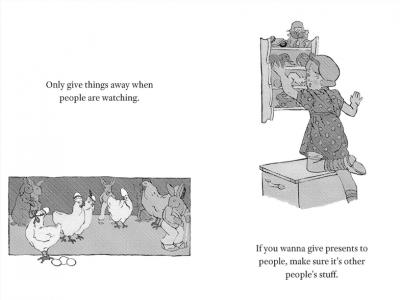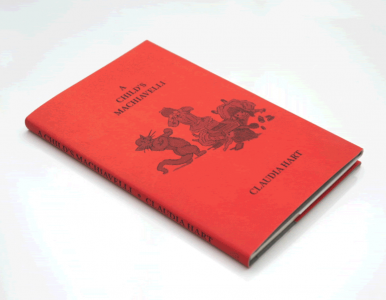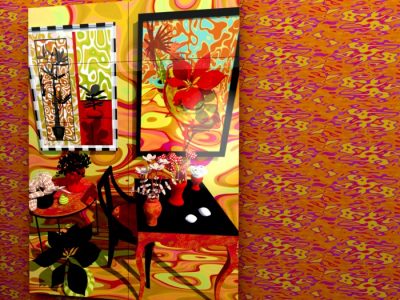bitforms gallery is pleased to present Out of Body: Sculpture Post-Photography co-curated by Claudia Hart and Susan Silas. This exhibition will feature five women artists who create sculpture using production techniques emerging from simulations technologies. Stephanie Dinkins, Claudia Hart, Carla Gannis, Sophie Kahn and Susan Silas engage issues of sexuality, the body, and identity during the current paradigm shift, in which conceptions of reality and authenticity are called into question as the dominant means of production is moving from photographic capture toward computer simulation.
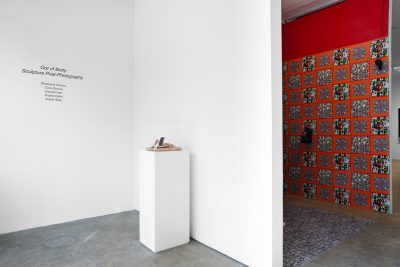
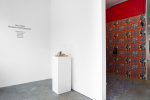
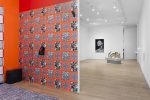
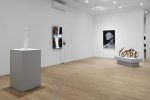
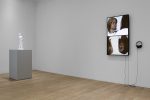
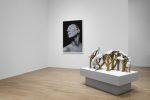

Opening: Saturday October 27, 6 – 8 PM
Gallery Hours: Wednesday – Saturday, 11 AM – 6 PM & Sunday 12 – 6 PM
bitforms gallery is pleased to present Out of Body: Sculpture Post-Photography co-curated by Claudia Hart and Susan Silas. This exhibition will feature five women artists who create sculpture using production techniques emerging from simulations technologies. Stephanie Dinkins, Claudia Hart, Carla Gannis, Sophie Kahn and Susan Silas engage issues of sexuality, the body, and identity during the current paradigm shift, in which conceptions of reality and authenticity are called into question as the dominant means of production is moving from photographic capture toward computer simulation.
The works in the exhibition are representations of the female form, destabilized, decayed, crystallized, roboticized, consumerized, or strangely hyper-realized beyond what the eye can see or the camera can index. They represent an evolving consciousness, expressing the possibilities of advanced technologies such as artificial intelligence, virtual reality, 3D scanning, rapid prototype printing, and augmented reality. Sculpture, photography and video no longer adhere to their past definitions; instead they become new hybrid forms whose plasticity mirrors the fluidity and mutability they seek to represent.
Conversations with Bina48 by Stephanie Dinkins features a series of video interviews the artist conducts with a black humanoid robot said to be capable of independent thought and emotion. The two have discussed family, racism, faith, consciousness, loneliness, knowledge, age, and robot civil rights. Their conversations have been entertaining, frustrating, surprisingly humorous, philosophical, and, at times, absurd.
Claudia Hart’s Alice Unchained is a virtual reality environment designed for the Vive platform, that can be accessed inside a physical room in the gallery, wallpapered and carpeted with decorative patterns. Motions captured from choreographer Kristina Isabelle and professional wrestler Isaias Velazquez have been combined into a single avatar, visible within the virtual reality environment. Hart imagines them as cyborg, a virtual performance beyond gender. A similar hybridity has been integrated into the score, in which drummers follow a digital click-track of computer generated sound.
In Origins of the Universe Carla Gannis references both Gustave Courbet’s provocative nineteenth century painting L’Origine du monde and the contemporary fad of 3D printing sculptural holders for smartphones. Gannis depicts a nude woman lying on a bed, her legs splayed open and wrinkled sheets covering her face and upper torso. A monolith-like iPhone is placed between her thighs.
Machines for Suffering I, is the result of Sophie Kahn’s ongoing investigation into female hysteria, a once-prevalent but now-discredited medical diagnosis. At the Salpêtrière hospital in nineteenth-century Paris, doctors developed charts and photographs that described poses supposedly typical of hysteria. Kahn used these documents to choreograph a group of dancers to reenact the poses for a 3D scanner and then 3D printed the fragmented scans that resulted. The final sculptures incorporate intricate scaffolds which serve to support the fractured bodies, suggesting a woman whose body, or psyche, is subject to a process of construction or demolition.
AGING VENUS, by Susan Silas is a contemporary iteration of Greek classical sculpture using the artist’s aging body as the model. The creation of this sculpture began with a 3D scan of her body, which has served as a reference for a number of photographic and sculptural works. The sculpture in this exhibition was cut from Italian Sivec white marble and finished by hand. The artist worked with Garfagnana Innovazione in Gramolazzo, Italy, using their high performance 3D scanner and a precision anthropomorphic robot.
In this era, exemplified by the #MeToo movement, women seek autonomy and reject the constraints of male-defined femininity and sexual binaries, ideas which have been historically employed to oppress them. As Donna Haraway urged in her canonical Cyborg Manifesto, women should move beyond old binaries and create other identities for themselves. Simulation technology enables an expression of less rigid identities and bodies, an impulse these artists share. Out of Body: Sculpture Post-Photography pushes back against the phallocentric, masculinist attributes produced by the tech industry and engineering culture.
